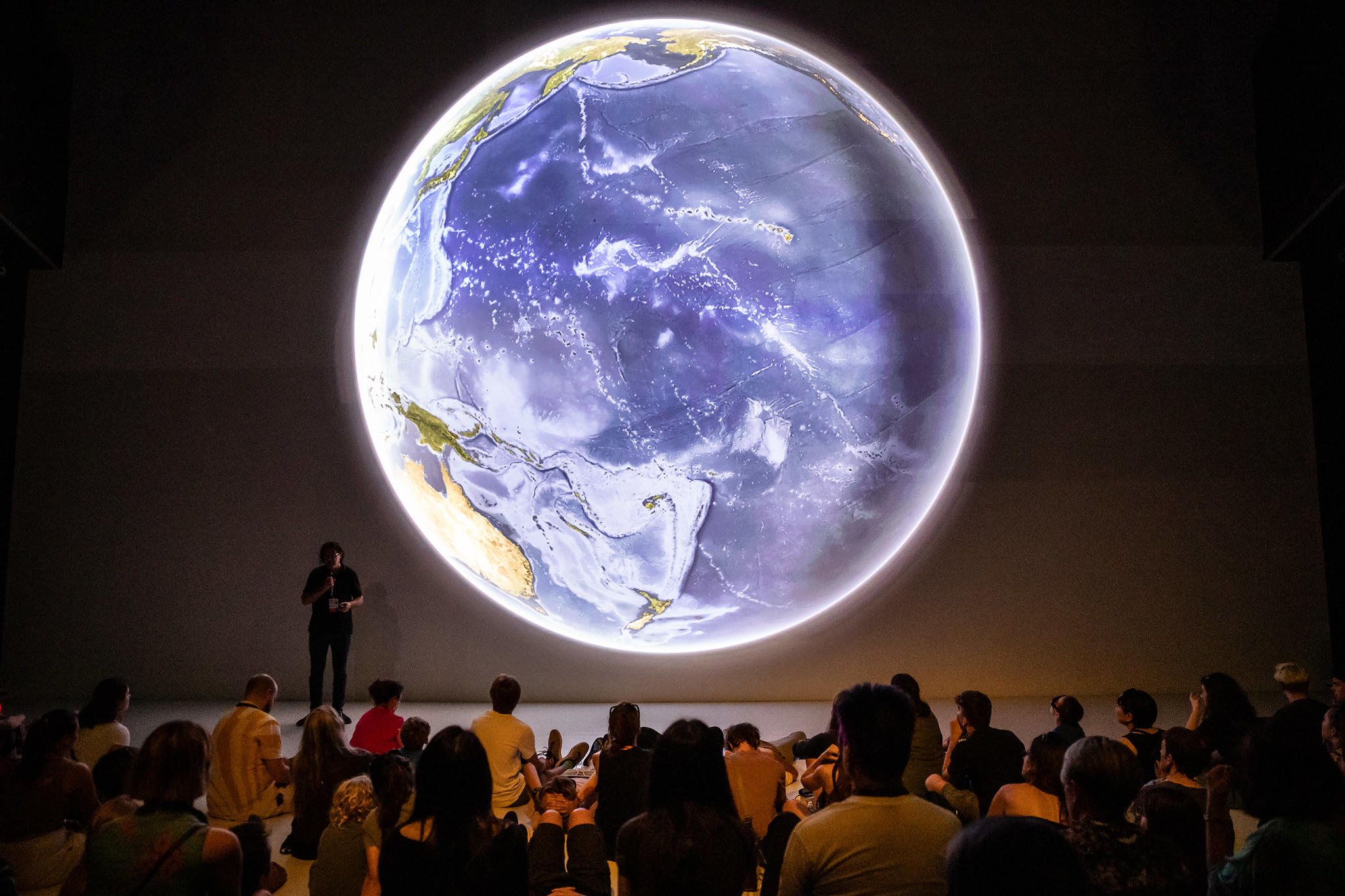2024 Ars Electronica Festival
Ars Electronica 2024 will take place in Linz from September 4 to 8 and will be dedicated to the title “HOPE – who will turn the tide”. Like never before, the Linz Festival for Art, Technology and Society will focus on artists, researchers, developers, activists, and entrepreneurs from all over the world. The main location will once again be POSTCITY, which is due to be demolished and will become a hotspot for the international media art scene for the seventh time.
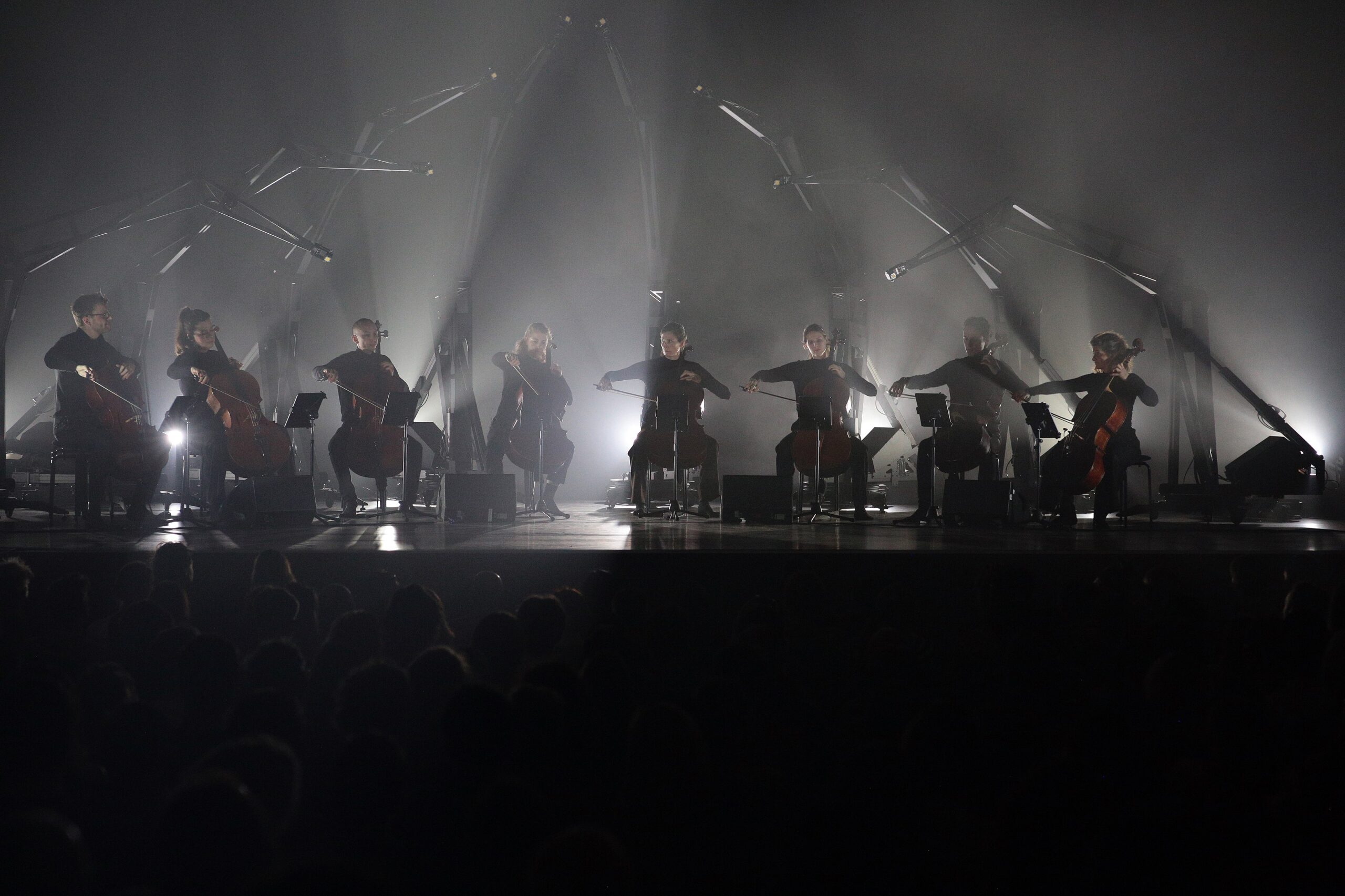
Events & Concerts
Cello Octet Amsterdam & Nick Verstand (present Cocon), photo: Alex Heuvink
Pre-opening walk through Linz
The traditional start of the festival week is the pre-opening walk on Tuesday, September 3, 2024.
The first stop is the JKU MED Campus (4:00 p.m.), where the Linz Institute of Technology (LIT) of Johannes Kepler University Linz (JKU) shows selected projects by its students and teachers, the second stop is Lentos Kunstmuseum (5:30 p.m.), where the Prix Ars Electronica exhibition will be on display for the first time. It then continues at University of Arts Linz (7:00 p.m.), where the campus opens its doors and this time the Moholy-Nagy University of Budapest is presenting itself, and at Atelierhaus Salzamt (8:30 p.m.), where FH Hagenberg is putting on a show all about Interactive Media and Gaming.
At the Ars Electronica Center (9:00 p.m.), the art historians and developers from Iconem Paris and the Museo Nacional Thyssen-Bornemisza, together with Ars Electronica Futurelab, invite you to an immersive experience of world-famous art treasures in Deep Space 8K. Afterwards, night owls are in the right place at the Stadtwerkstatt (from 11 p.m.).
Finally, Bill Fontana’s Silent Echoes can be experienced at midnight (12 am) in the St. Mary’s Cathedral—the sound installation was created in cooperation with Bad Ischl Salzkammergut 2024 and is a powerful artistic statement on the climate crisis.


Festival opening on the birthday
Wednesday, September 4, 2024, is not only the first day of the festival, but would also be the 200th birthday of the Upper Austrian composer and organist Anton Bruckner. Reason enough to hold this year’s festival opening in St. Mary’s Cathedral, where a team of artists, organists, computer scientists, and physicists not only perform Bruckner’s “Perger Prelude” but also have it conducted by entangled photons. What do you need for this? On the one hand the cathedral organs, on the other hand an experimental high-tech laboratory made of lasers, mirrors, polarizers, and non-linearcrystals.
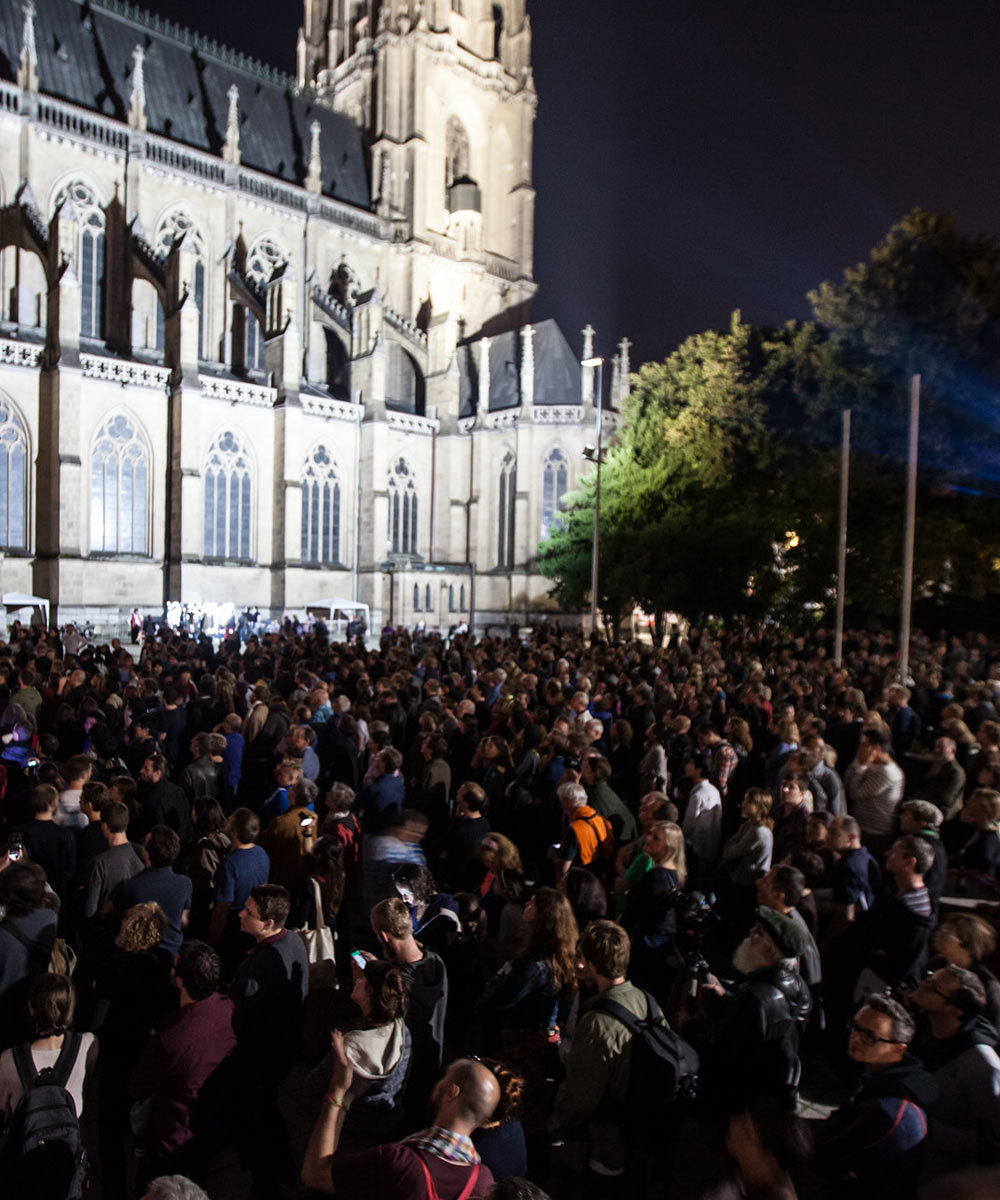
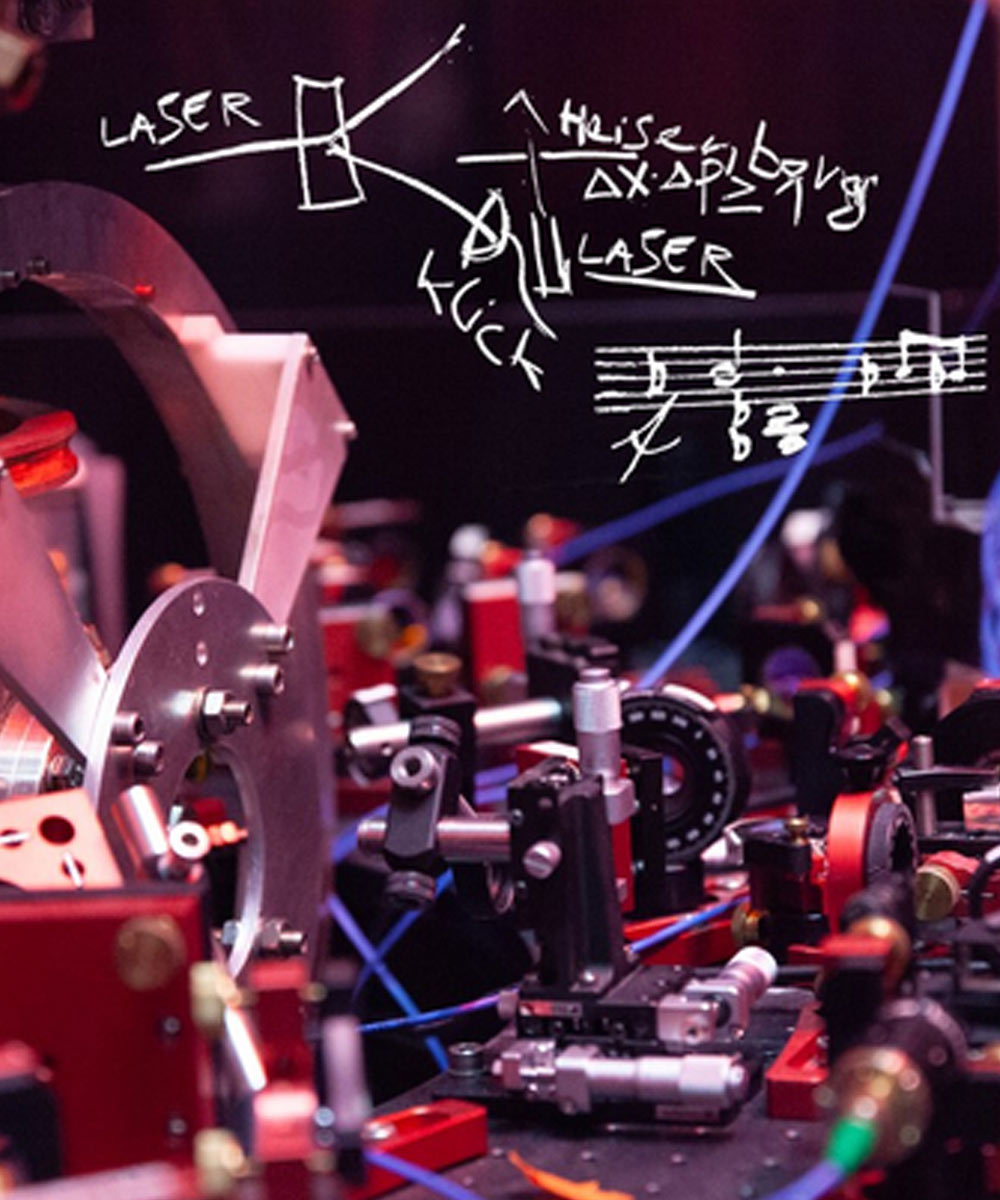
From the ceremony to the nightline
The Prix Ars Electronica Award Ceremony will take place on Thursday, September 5, 2024, at the Design Center Linz and the next day, on Friday, September 6, 2024, the Cello Octet Amsterdam and visual artist Nick Verstand invite you to an unusual Big Concert Night in the POSTCITY train hall. Eight musicians and eight robots stand on stage—the human protagonists “encircled” by meter-long mechanical arms—and form a “robotic cocoon”. In the second part of this evening, the Cello Octet Amsterdam will perform together with pianist Maki Namekawa. Afterwards, the Ars Electronica Nightline acts can be enjoyed until 4 a.m.
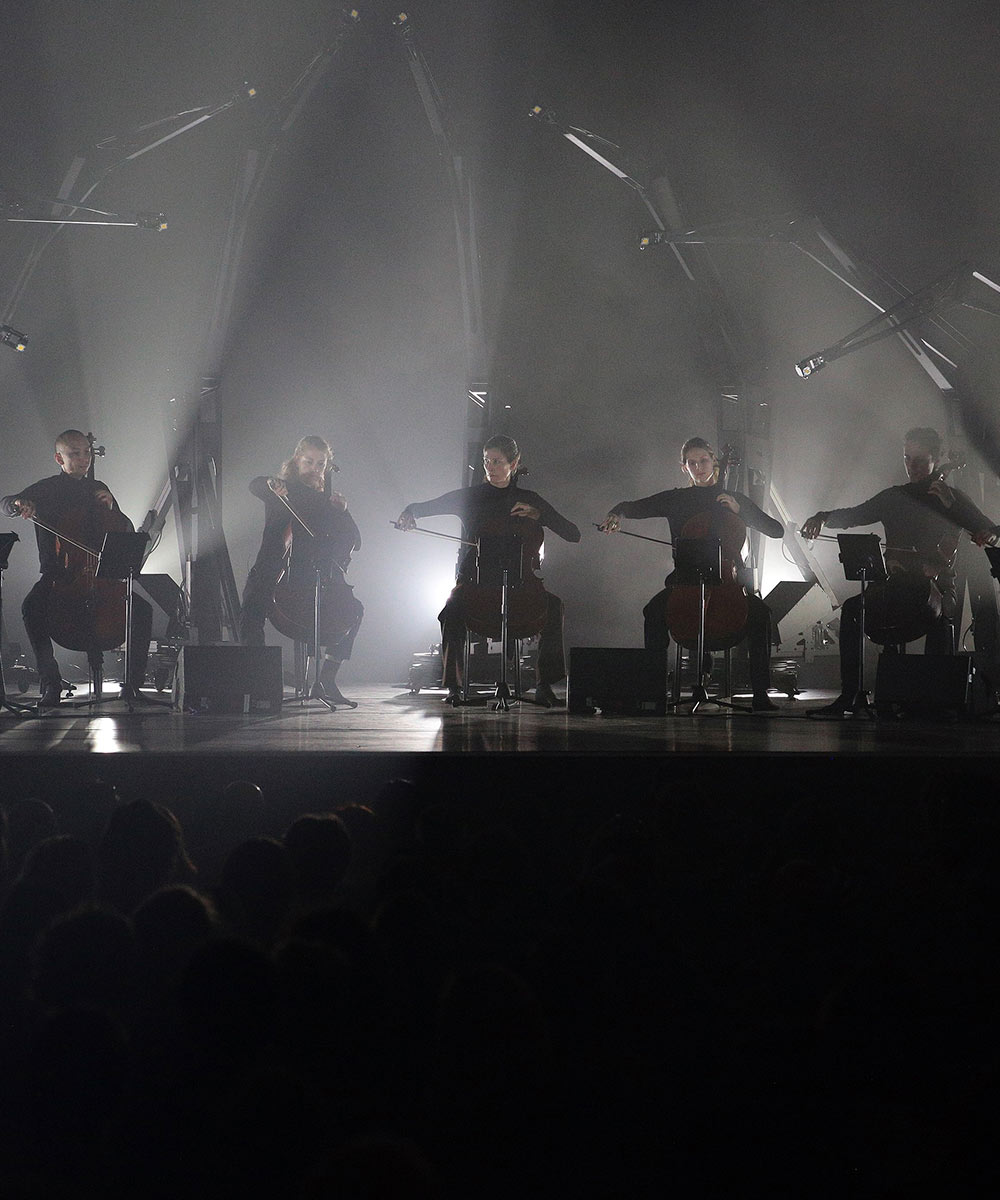
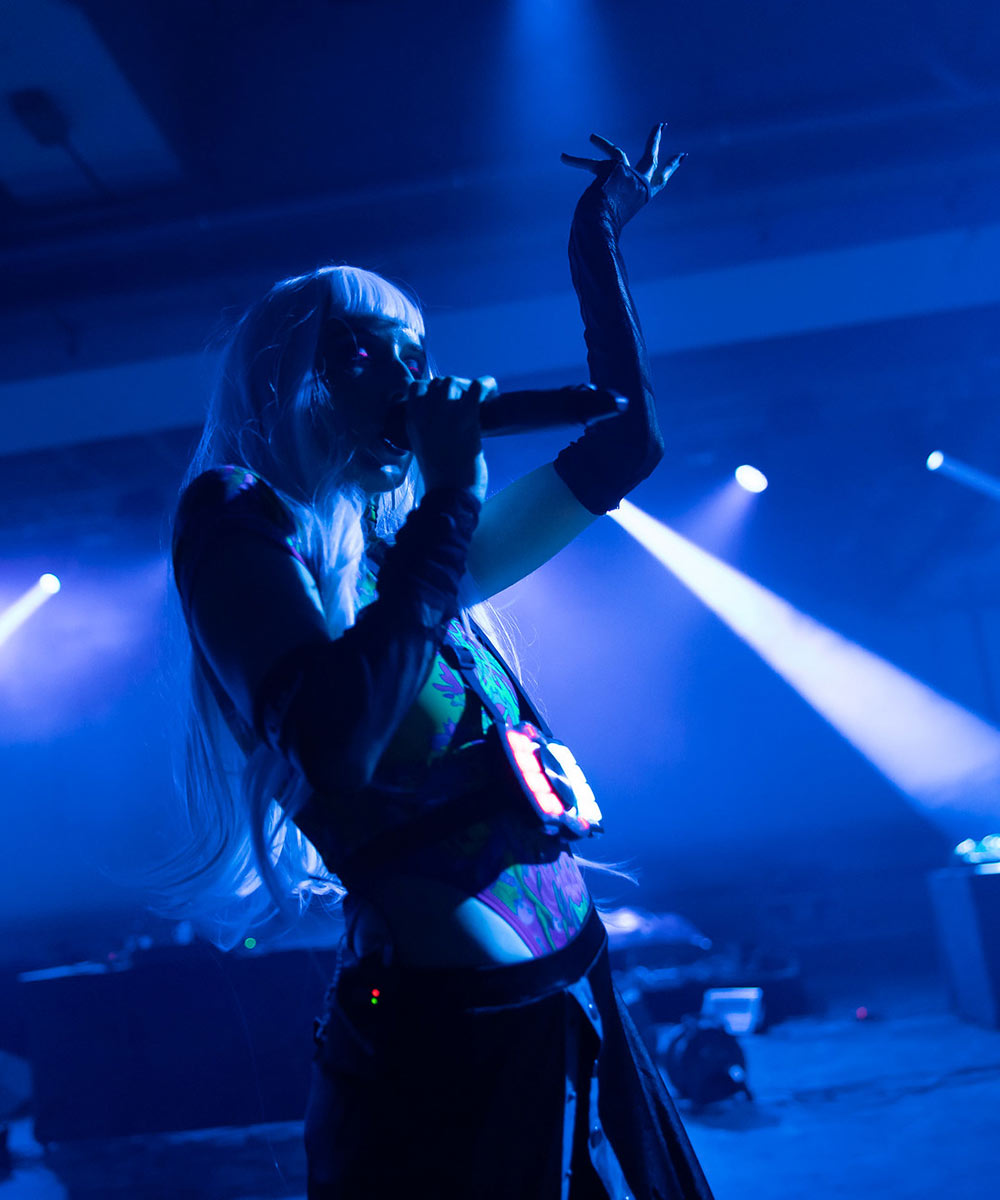
Sound performances and orchestral sounds
On Saturday, September 7, 2024, Anton Bruckner Private University invites you to Sonic Saturday, Maki Namekawa and Dennis Russell Davies will perform together with Cori O’Lan the Pianographique concert in the POSTCITY train hall—and Ars Electronica Futurelab invites you to the Futurelab Night in Deep Space 8K. Sunday, September 8, 2024, Dennis Russell Davies and his Brno Philharmonic Orchestra— with the Mishima Concerto by Philip Glass and Maki Namekawa as soloist—will bring the Ars Electronica Festival 2024 to a close in the POSTCITY train hall.
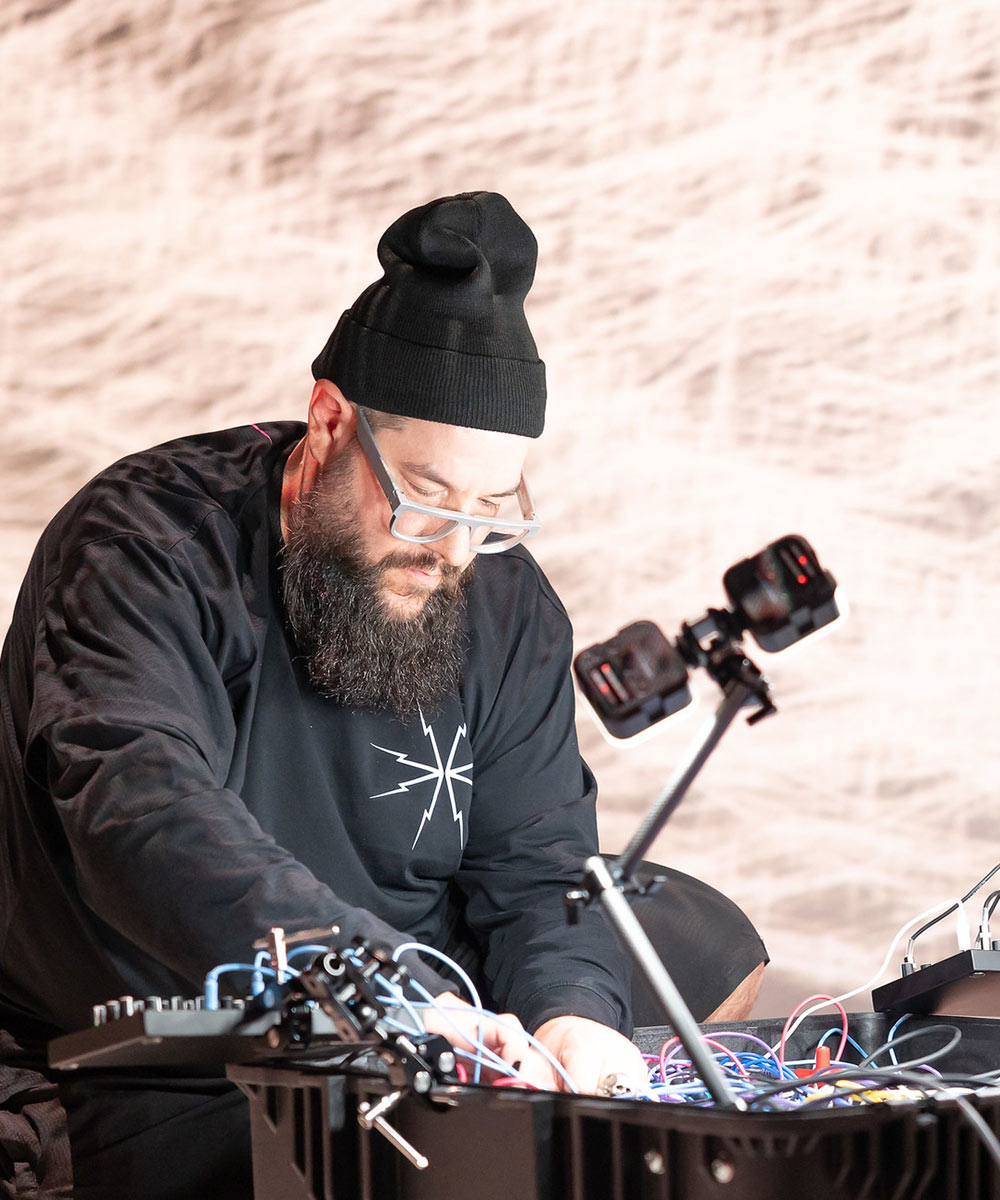

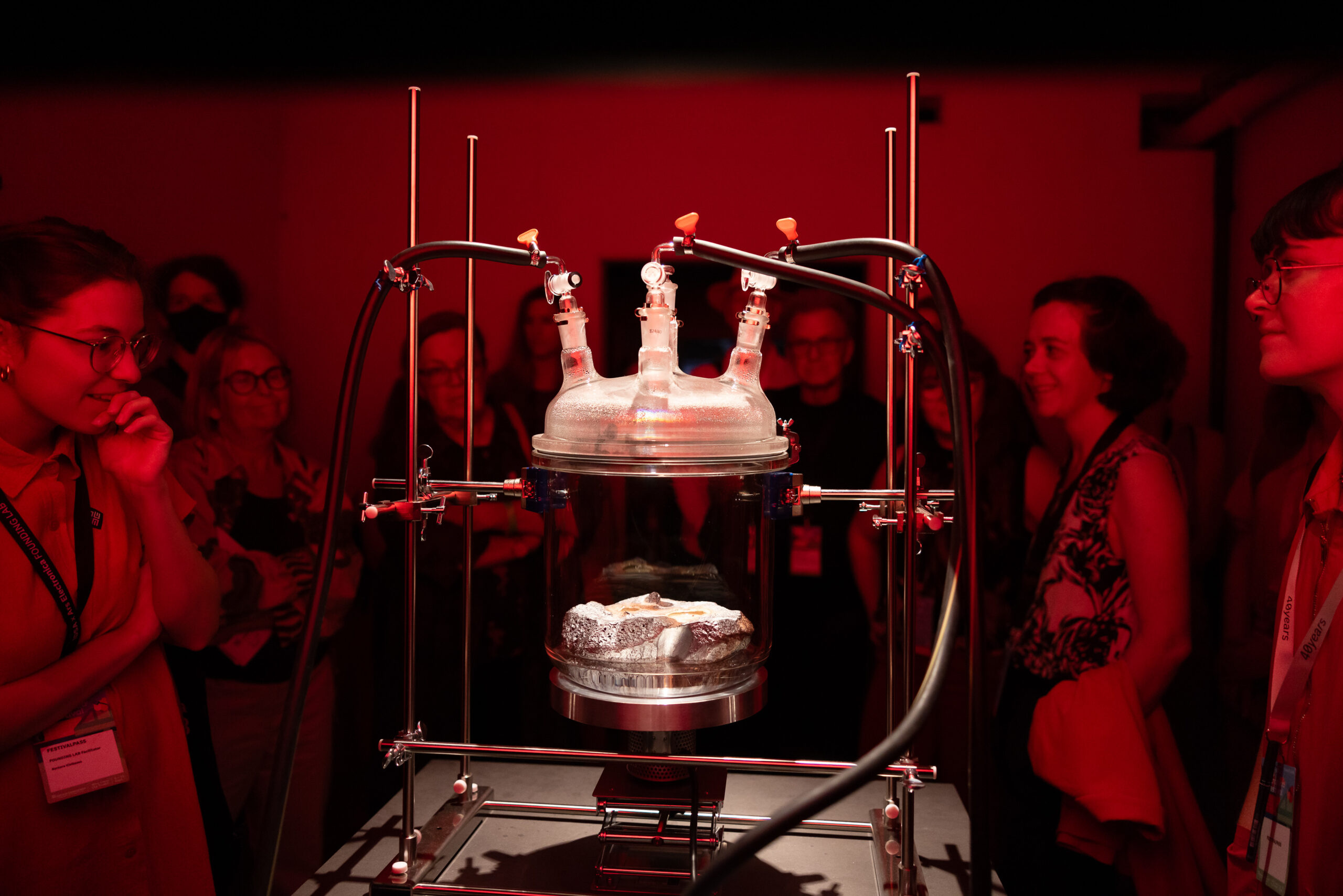
Exhibitions
FORMATA / PЯОТO-ALIEИ PЯOJECT (CO/JP), Photo: vog.photo
Current trends and innovations in media art
The most important show of each festival is the Prix Ars Electronica exhibition. It will be shown for the first time in Lentos Kunstmuseum in 2024 and brings together outstanding submissions from the “New Animation Art” and “Interactive Art +” categories. The winning project of the “AI in Art Award”, this year awarded for the first time, will also be on display here.


The exhibition on this year’s festival theme will be staged in the extensive catacombs of POSTCITY. You can experience new works that were created as part of the European Media Art platform, such as the Compost as Superfood project by masharu, or the EU-funded network European Digital Deal, in which partner organizations such as Onassis Stegi (GR), waag (NL), Braga Media Arts (PT), the Center for the Promotion of Science (RS) or Kersnikova (SL). Also part of the themed exhibition is Fu(n)ga, a project by Tiziano Derme and Nadine Schütz, who were selected for the ArTS Production Grant in collaboration with Pro Helvetia. Together with the Cisneros Fontanals Art Foundation (CIFO), Latin American projects will be presented at the festival for the third time as part of the themed exhibition, this time focusing on the use of resources in Bolivia and Argentina. There are also artistic positions from Chile—continuing the seven-year collaboration with the Ministerio de las Culturas, las Artes y el Patrimonio and the Ministerio de Relaciones Exteriores de Chile.
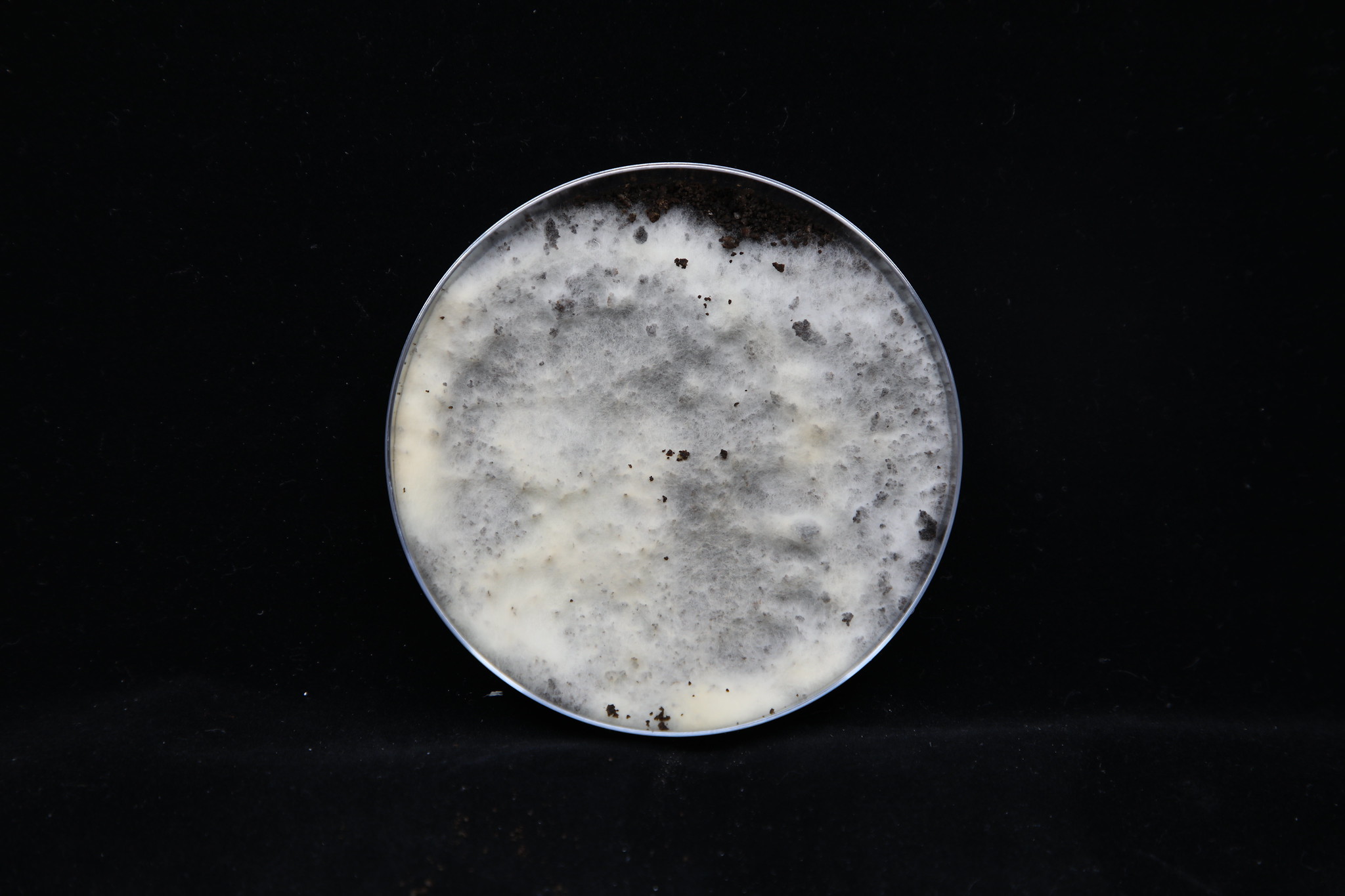
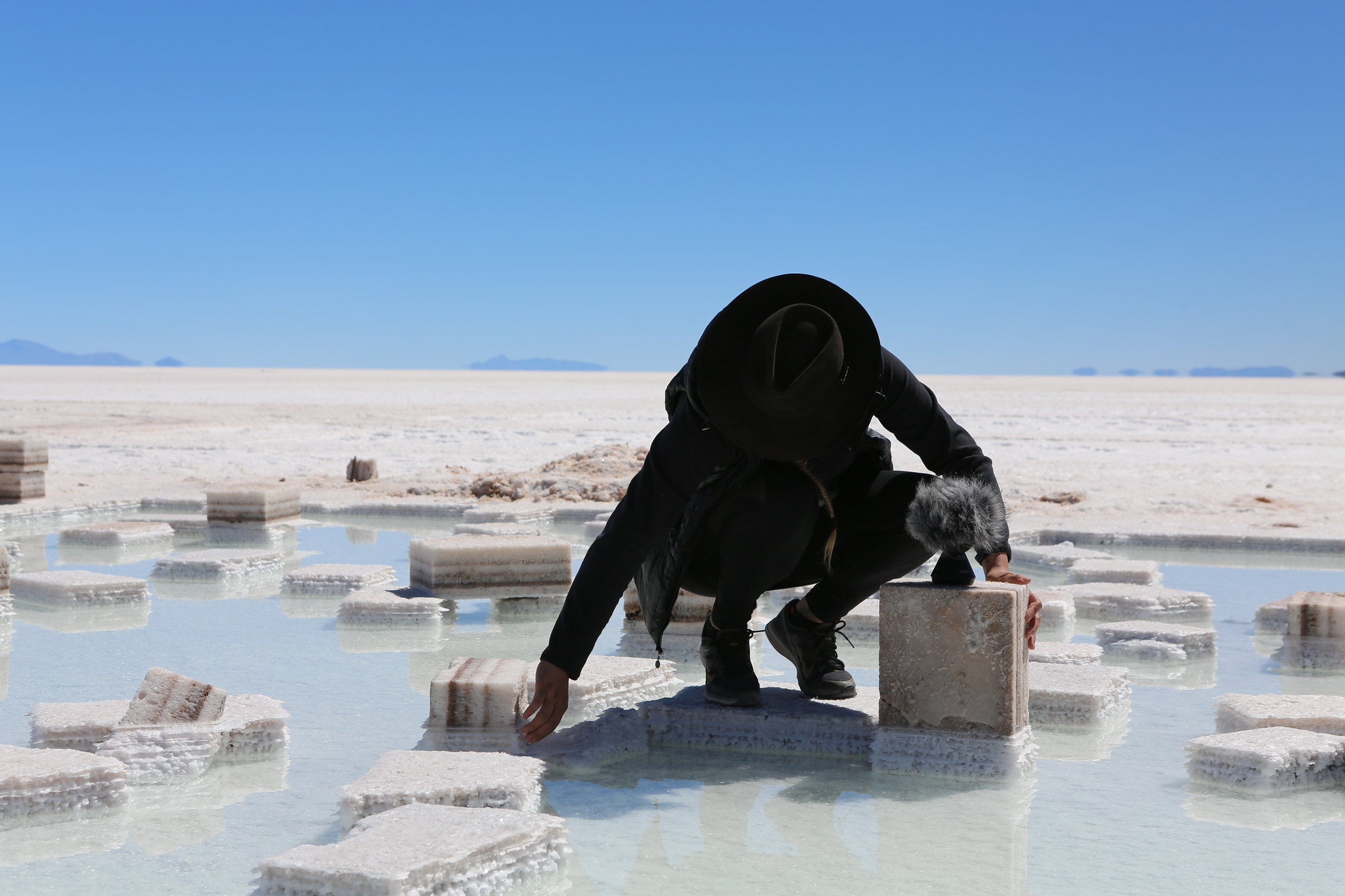
On the first floor of the old postal distribution center— there is no entry fee—you can see the projects awarded with the European Commission’s S+T+ARTS Prize and S+T+ARTS Prize Africa, as well as the winning projects of the European Union Prize for Citizen Science. In the format of “State of the ART(ist),” this year’s Ars Electronica, together with the Federal Ministry for European and International Affairs, is once again presenting works by artists who are politically persecuted or threatened by environmental and natural disasters.
In collaboration with V2_Lab for the Unstable Media (NL), LEV Festival (ES), Kontejner (HR), iMAL (BE), and Chroniques (FR), the festival shows the exhibition “Realities in Transition” on Virtual & Extended Reality. The show is supported by the EU.

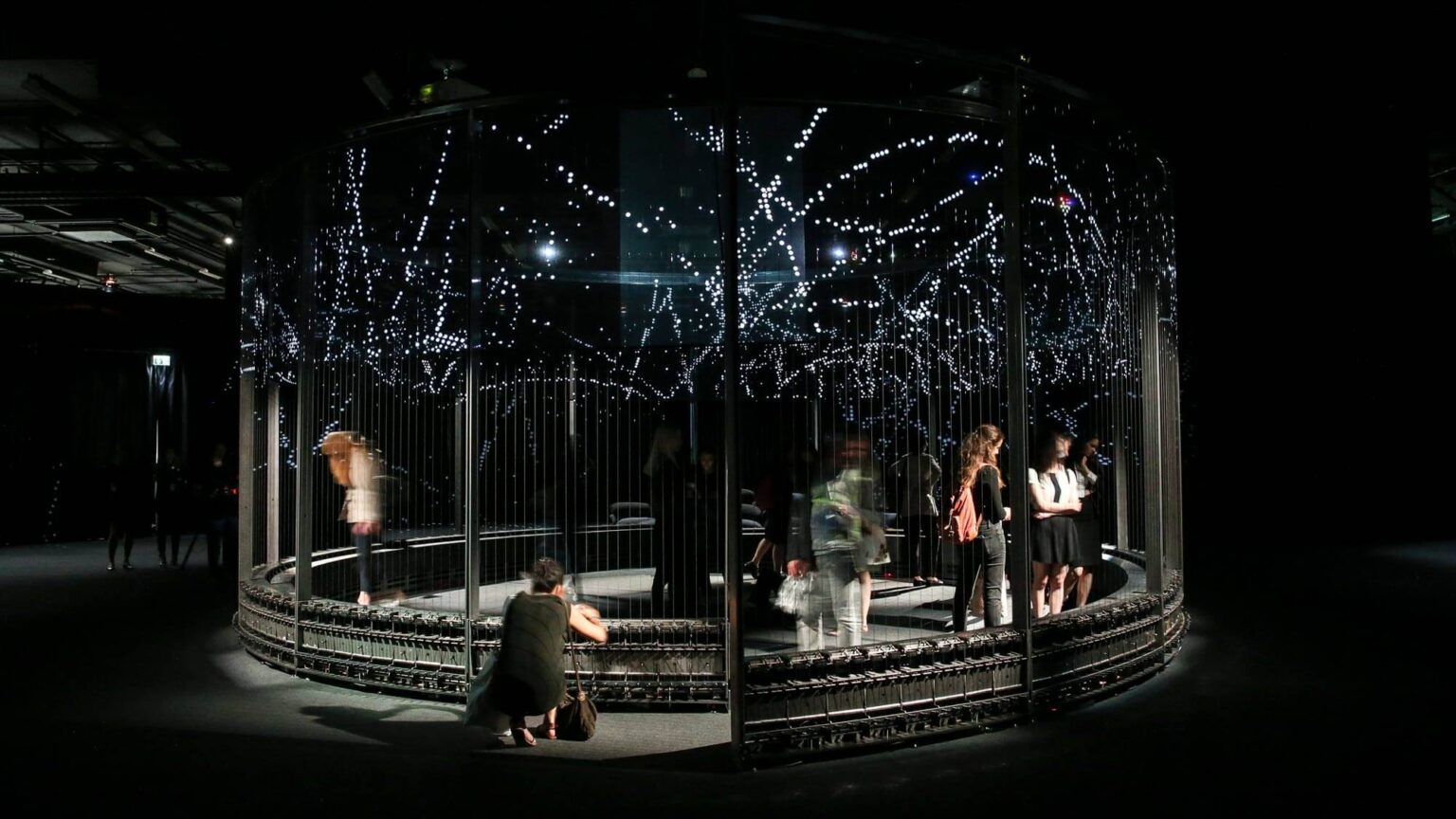
Under the title “Label4Future”, an EU-funded presentation will focus on artistic and creative practices that can be groundbreaking for the development of sustainable materials, circular economy, and the Green Deal. The project is being implemented together with Creative Industry Košice, the European Creative Business Network, and the Austria Wirtschaftsservice AWS.
At the Atelierhaus Salzamt, the University of Applied Sciences Upper Austria—Campus Hagenberg is showing an exhibition about interactive media and gaming for the first time.
At the new festival location on the JKU MED Campus, students and teachers from Johannes Kepler University Linz present projects in which art and science merge in a unique way. The exhibition—as well as the open call that has already been concluded—is being designed and implemented by Linz Institute for Technology (LIT) at JKU.

Conferences, Talks and Workshops
Photo: Markus Schneeberger
Global perspectives and international dialogs
Lectures, discussions and workshops are another central part of the Ars Electronica program. Artists, developers, researchers and activists present their projects and positions for discussion.
The most important formats include the three-day symposium on the festival theme, the S+T+ARTS Day organized in collaboration with DG Connect of the European Commission around innovation in and for the 21st century, a conference organized in collaboration with IT:U (Interdisciplinary Transformation University Austria) on the topic of education, a three-day symposium on the topic of Expanded Animation curated by the University of Applied Sciences Upper Austria—Campus Hagenberg and of course the artist talks at the Prix Ars Electronica.
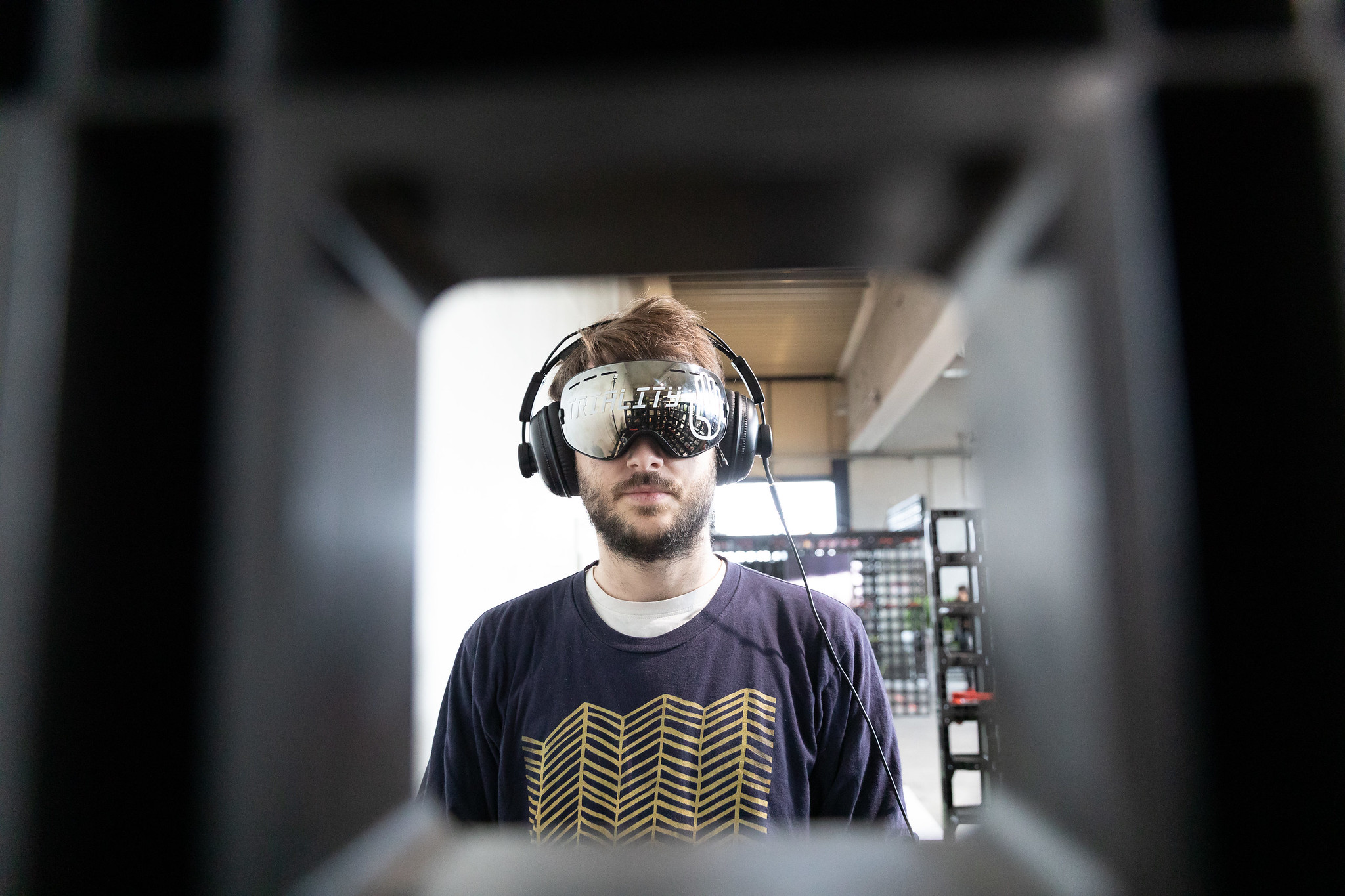
Ars Electronica Campus
Triality / Interface Cultures Master Program (University of Arts Linz) and the Master Program Software Engineering and Human-Centered Computing (University of Applied Sciences Upper Austria, Hagenberg), Photo: Jürgen Grünwald
Refreshing perspectives and visions
From exhibitions to performances to conferences—the campus curated by the University of Arts Linz combines all festival formats. More than 30 universities from all over the world are expected in 2024. The Moholy-Nagy University of Budapest presents itself as a Special Featured University at Splace on Linz’ main square. The buildings of the University of Arts Linz on the main square include projects from Simon Fraser University Vancouver, the School of Interactive Arts and Technology (SIAT) (CA), Hong Kong University of Science & Technology, HKUST(GZ), the Computational Media and Arts Thrust (CN), Bauhaus University (DE) , the Royal College of Art (RCA) (GB), Korea National University of Arts (K-Arts) (KR), Virginia Commonwealth University (VCU), the School of the Arts in Qatar (QA), the Interactive Materials Lab of the National University of Singapore (SG), National Tsing Hua University (NTHU), the Center for Technology and Art (TW), the School of the Art Institute of Chicago (SAIC) and Art and Technology Studies (ATS) (US).
Of course, the University of Arts Linz also uses the Festival Campus to present projects by its own students and teachers. Thematically, the focus is on seeing: What can we see and what not? How do we see? In order to be able to address these questions with the appropriate foresight, architecture students will build a tower on Linz’s main square. The Sound Campus and the exhibitions in the university buildings on the main square complete the program.
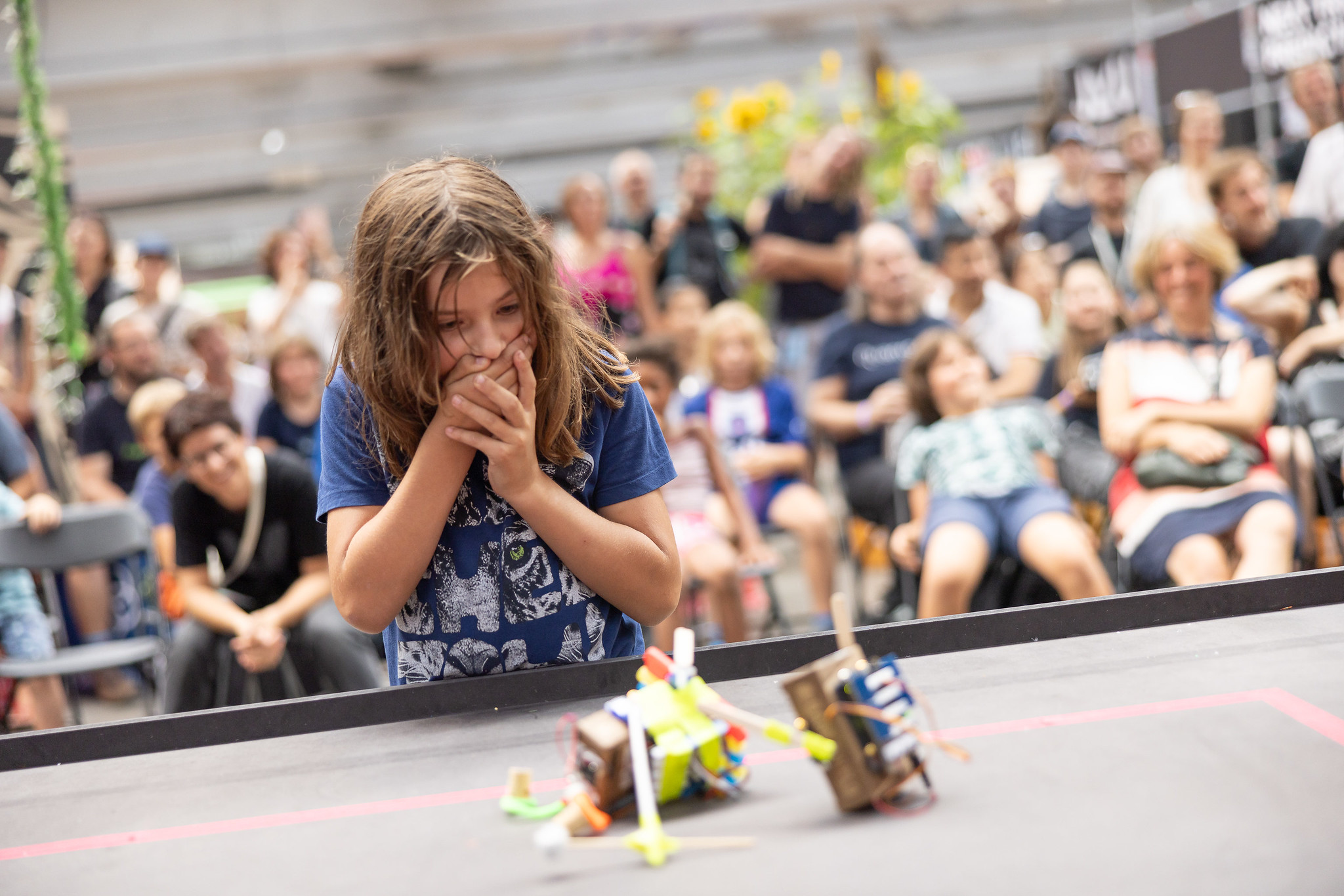
create your world
Hebocon: Contest of Low-Tech Robots / Open Commons Linz (AT), Ars Electronica create your world (AT), Photo: tom mesic
From Open Labs to Hebocon
This year’s edition of create your world will focus on mental health (especially of young people) and civil society activism. The multi-layered program again includes exhibitions, presentations, performances and hands-on experimental stations.
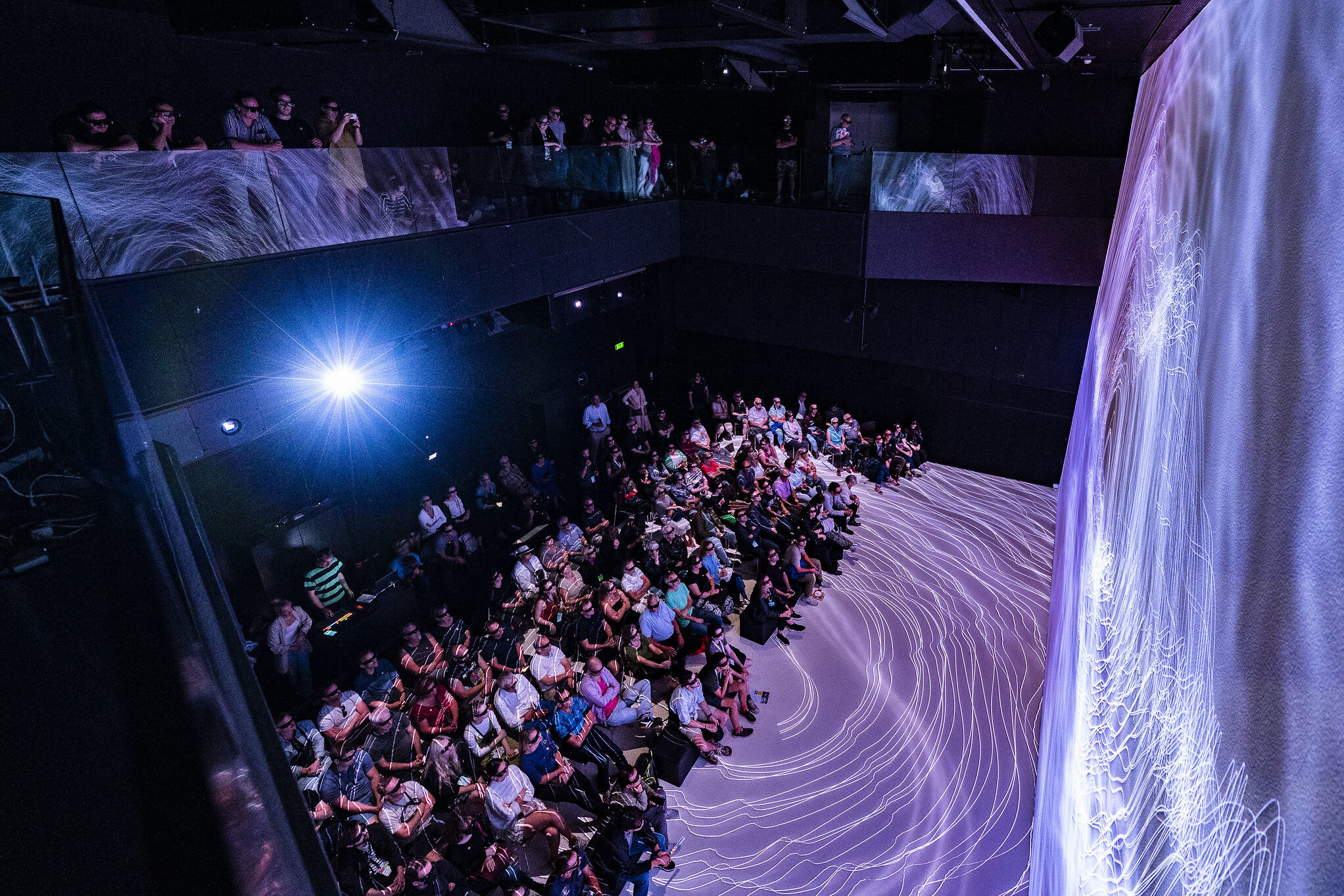
Ars Electronica Center
Photo: vog.photo
Digital Cultural Heritage in the Deep Space 8K
During the Festival, the Ars Electronica Center will focus on cultural heritage. Thanks to a cooperation with Iconem Paris, supported by the Institut Francais d’Autriche, visitors will be able to experience a giant 3D model of Notre-Dame Cathedral, which caught fire in 2019. The model is based on scans by art historian Andrew Tallon (1969-2018) – and is being prepared for Deep Space 8K by the Ars Electronica Futurelab team. The cooperation with the Museo Nacional Thyssen-Bornemisza Madrid, supported by the Spanish Embassy in Vienna, focuses on the early Renaissance: gigapixel images of Vittore Carpaccio’s painting Young Knight in a Landscape (1510) will be on display.

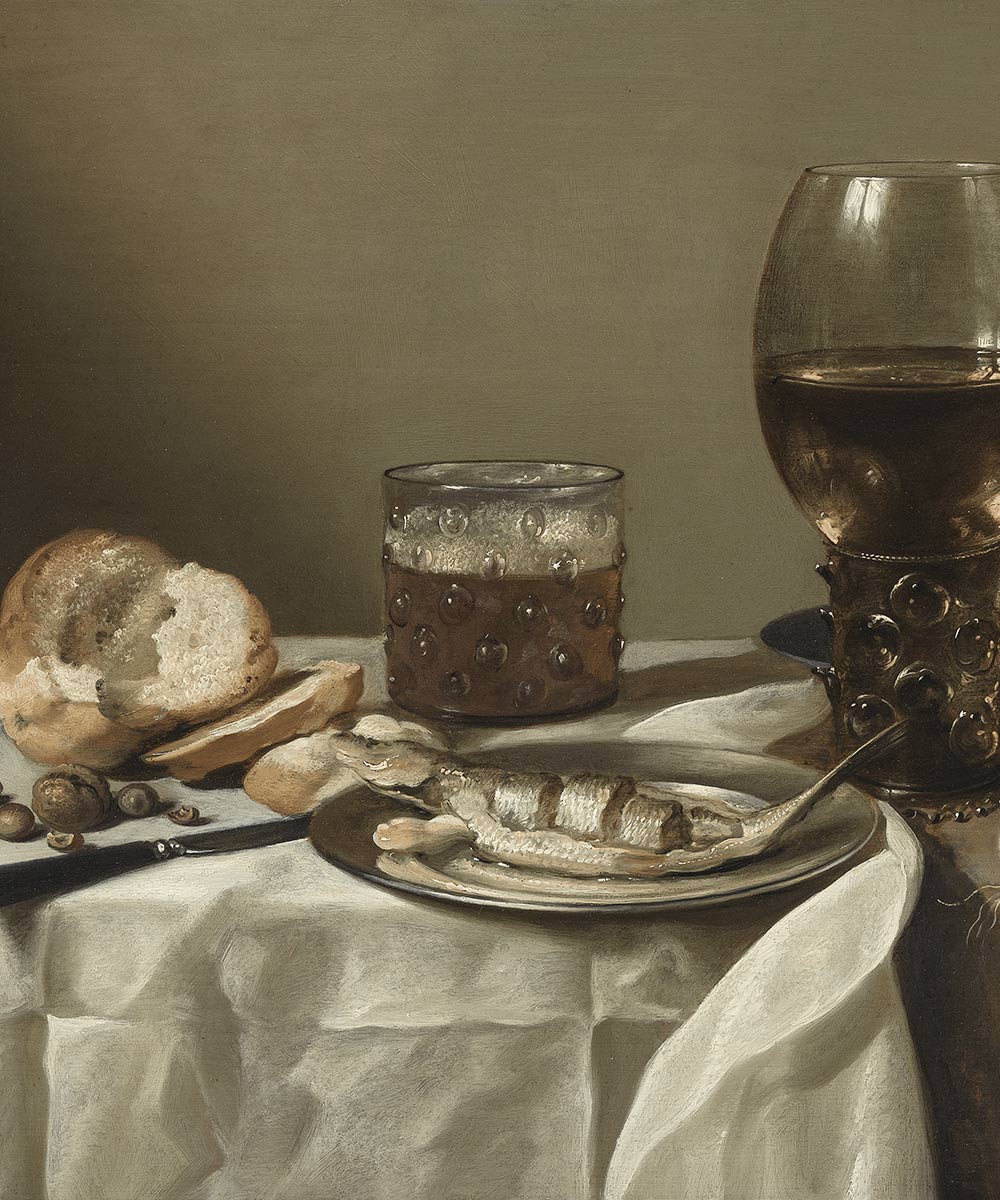
Thanks to the collaboration with Iconem Paris supported by the Institut Français d’Autriche, visitors will be able to experience a giant 3D model of Notre Dame Cathedral that caught fire in 2019. The model is based on scans by art historian Andrew Tallon (1969-2018) and is being prepared for Deep Space 8K by the Ars Electronica Futurelab team.
The cooperation with Museo Nacional Thyssen-Bornemisza Madrid, supported by the Spanish Embassy in Vienna, focuses on the early Renaissance: Gigapixel images of Vittore Carpaccio’s painting Young Knight in a Landscape (1510) will be shown.
Together with the Kaiserschild Foundation, the Alte Galerie in Eggenberg Castle in Graz and other museums, works by the Dutch master and famous still life painter Pieter Claesz are presented. The contribution to Ars Electronica 2024 is part of the “Kaiserschild Art Defined” project, with which the foundation makes works taken from its own and other collections accessible to a broad public in an innovative way.
